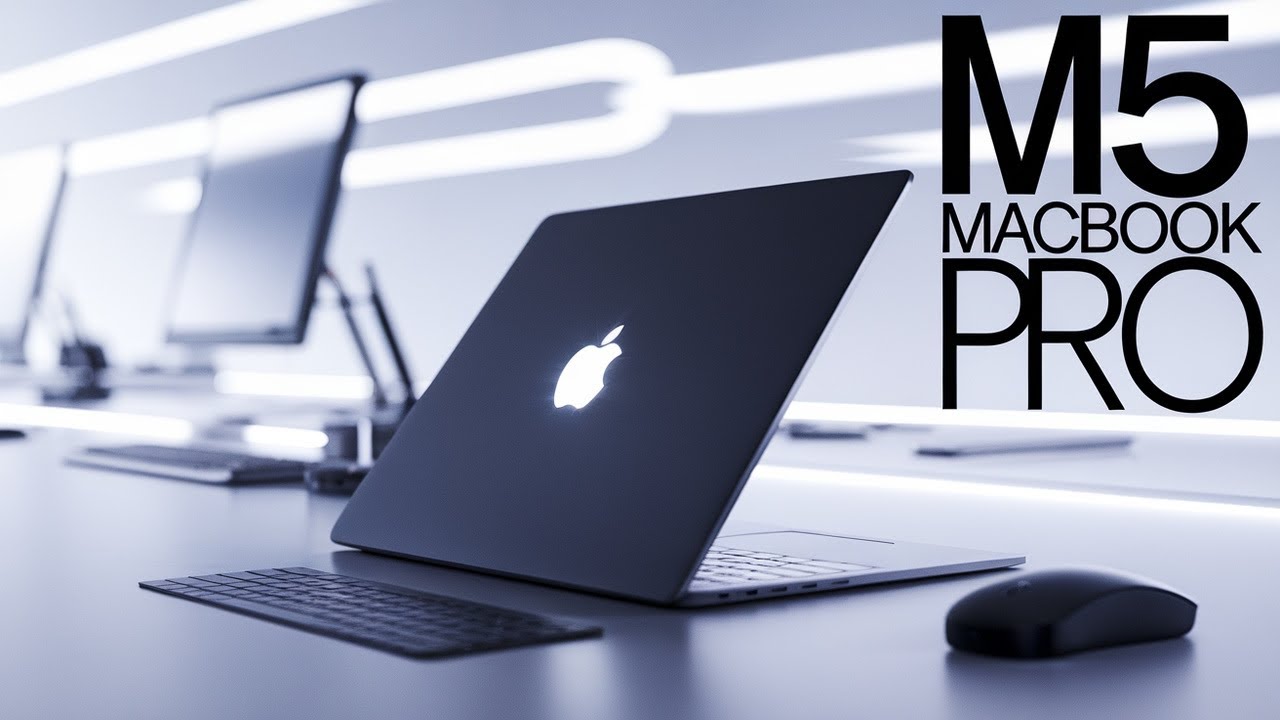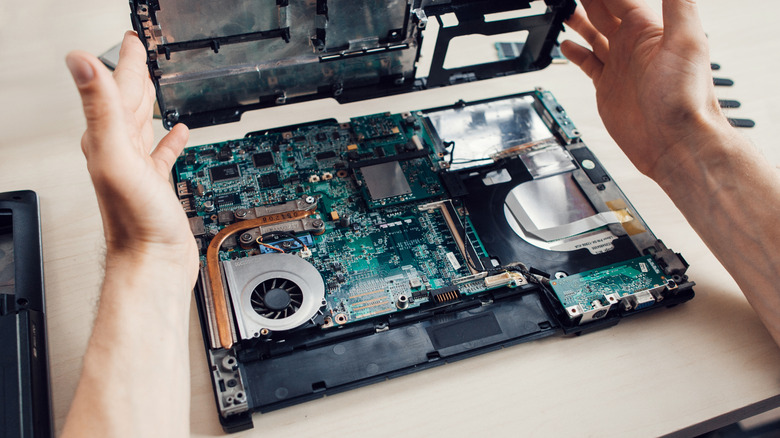**Apple’s Future MacBook Pro Overhaul: Anticipations for 2026**
Speculations are circulating regarding a major overhaul of the MacBook Pro, expected to launch in 2026, marking five years since its last substantial update. Here are five primary features anticipated in this fresh version.
### OLED Screen
Apple is poised to implement OLED screen technology in the MacBook Pro for the first time. Following its successful introduction in the iPad Pro in 2024, the OLED displays are anticipated to offer increased brightness, better contrast ratios, and more vibrant colors. Reports indicate that Apple will employ Tandem OLED technology, which comprises two layers of RGB, boosting both brightness and durability compared to conventional displays.
Furthermore, the redesign might remove the existing notch in favor of a smaller camera hole cutout, potentially giving the display a more streamlined look.
### Sleeker Design
The forthcoming MacBook Pro is believed to feature a new, sleeker design. Although specific details are limited, this modification is expected to enhance portability without sacrificing performance. The redesign aims to incorporate the latest technological innovations while upholding the elegant aesthetic Apple is recognized for.
### Touchscreen Functionality
Experts foresee that the 2026 MacBook Pro will include touchscreen functionality, marking a notable change for Apple’s laptop range. This advancement aligns with increasing consumer demand for more interactive gadgets and could boost productivity and usability for creative users.
### Cellular Connectivity
For the first time, Apple may implement cellular connectivity in the MacBook Pro. Reports suggest that the company is developing an in-house modem, enabling users to link to mobile networks directly from their laptops. This feature would offer enhanced flexibility and convenience for users on the move.
### State-of-the-Art M6 Chip
The new MacBook Pro is set to launch with Apple’s M6 chip lineup, utilizing TSMC’s cutting-edge 2nm technology. This new generation of chips is expected to provide considerable performance enhancements. While the M6 Pro and M6 Max versions are confirmed, there is some doubt regarding the availability of a base model featuring the M6 chip at the time of launch.
### Launch Timeline
The revamped MacBook Pro is anticipated to be revealed between late 2026 and early 2027, with speculation suggesting an announcement in October. However, limited availability may follow the initial release, echoing previous product launch trends.
### Final Thoughts
The 2026 MacBook Pro overhaul is gearing up to be a groundbreaking update, especially with the incorporation of OLED technology. While awaiting the new model, consumers can benefit from discounts on the existing M4 Pro and M5 models, which are currently offered at reduced prices. As excitement grows, the next generation of MacBook Pro is expected to introduce cutting-edge features that address the changing needs of users.














